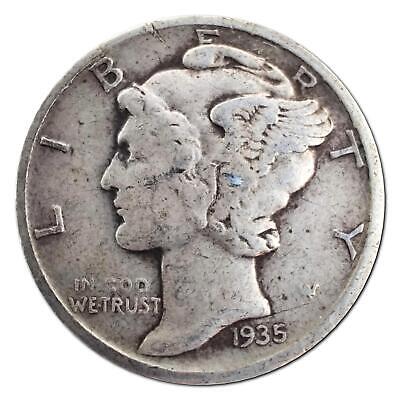For those interested in precious metals, stacking silver coins is a popular and practical approach to investing. Among the various options, 90% silver coins are particularly appealing due to their historical significance, liquidity, and intrinsic value. This article will delve into what 90% silver coins are, compare them with 40% and 35% silver coins, and highlight why half-dollars, quarters, and dimes are excellent choices for stacking.
What are 90% Silver Coins?
Often called “junk silver,” these are U.S. coins minted before 1965. These coins are composed of a 90% mix of silver with the remaining 10% copper. The most common denominations include the silver dollar, half-dollar, quarter, and dime. Despite being called “junk,” these coins are far from worthless. Instead, they are valued for their silver content, making them an accessible way for investors to accumulate silver.

| Coin Type | Years Minted | Silver Content | Weight (grams) |
|---|---|---|---|
| Walking Liberty Half Dollar | 1916-1947 | 0.36169 oz | 12.50 |
| Franklin Half Dollar | 1948-1963 | 0.36169 oz | 12.50 |
| Washington Quarter | 1932-1964 | 0.18084 oz | 6.25 |
| Mercury Dime | 1916-1945 | 0.07234 oz | 2.50 |
| Roosevelt Dime | 1946-1964 | 0.07234 oz | 2.50 |
Understanding 40% and 35% Silver Coins
In addition to 90% silver coins, there are also 40% and 35% silver coins. The 40% silver coins were primarily minted between 1965 and 1970, including the Kennedy half-dollars. Meanwhile, 35% silver coins are typically represented by wartime nickels minted from 1942 to 1945, which contain 35% silver, 56% copper, and 9% manganese. While these coins also contain silver, their lower silver content than 90% coins often makes them less attractive for stacking.
Why Silver Half-Dollars, Quarters, and Dimes are Ideal
Silver half-dollars, quarters, and dimes are particularly popular among stackers for several reasons:
- Liquidity: These coins are widely recognized and accepted, making them easy to trade or sell.
- Diversity: Their various denominations allow for flexibility in purchasing and selling, accommodating different investment strategies.
- Historical Value: Many coins feature iconic designs and historical significance, adding a layer of collectible value.
- Intrinsic Value: These coins contain a substantial amount of silver, providing a reliable hedge against inflation.

These coins are easily recognizable and are often the first choice for new stackers due to their affordability and silver content. They can be purchased in various conditions and quantities, allowing stackers to tailor their investment to their preferences and budgets.
Conclusion
90% silver coins offer a compelling combination of liquidity, historical significance, and intrinsic value, making them an ideal choice for those looking to start stacking silver. While 40% and 35% silver coins also hold value, the higher silver content of 90% coins often makes them more desirable for investors. By focusing on popular coins like the silver half-dollar, quarter, and dime, investors can build a diversified and valuable stack of silver that offers both investment and collectible appeal.